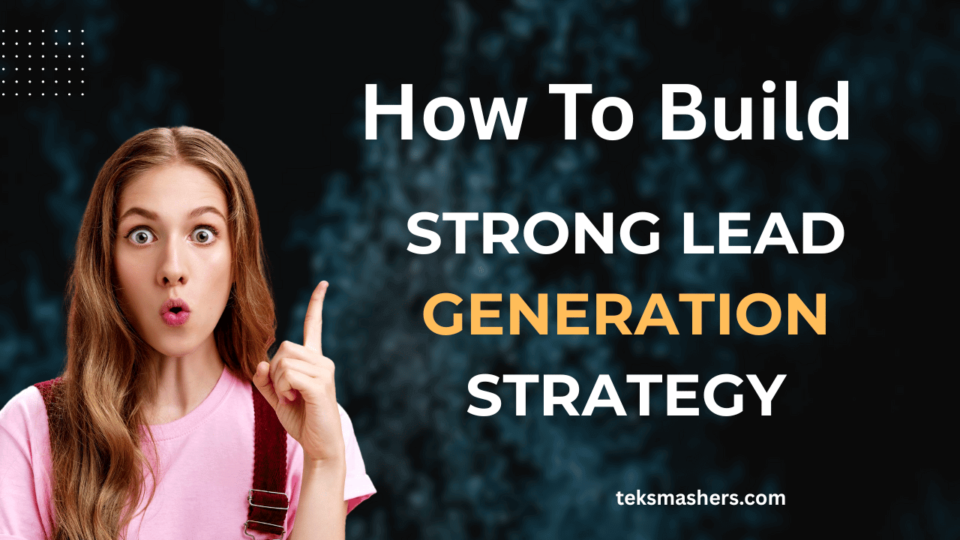The automotive industry is highly competitive, making lead generation essential for dealerships, manufacturers, and service providers. A strong lead generation strategy helps businesses attract potential customers, nurture relationships, and convert leads into sales. In this guide, we’ll explore the key components of an effective automotive lead generation strategy.
1. Define Your Target Audience
Understanding your ideal customer is crucial. Segment your audience based on:
- Demographics: Age, gender, income level
- Behavioral Factors: Online search habits, vehicle preferences
- Geographic Location: Urban vs. rural car buyers
2. Optimize Your Website for Lead Capture
Your website should be designed to capture leads efficiently. Key elements include:
- User-Friendly Design: Ensure mobile responsiveness and fast loading times
- Lead Capture Forms: Use clear, concise forms with minimal fields
- Live Chat & Chatbots: Provide instant responses to customer queries
3. Leverage Search Engine Optimization (SEO)
SEO is essential for increasing your online visibility. Optimize for:
- Local SEO: Target location-based keywords (e.g., “best car dealership in New York”)
- High-Intent Keywords: Use terms like “buy SUV near me” or “best auto financing deals”
- Quality Content: Create blog posts, FAQs, and video content to attract organic traffic
4. Utilize Paid Advertising
Paid ads help you reach potential customers quickly. Effective strategies include:
- Google Ads: Target specific keywords related to automotive sales
- Social Media Ads: Utilize platforms like Facebook, Instagram, and TikTok
- Retargeting Ads: Re-engage visitors who left your website without converting
5. Harness the Power of Social Media
Social media is a powerful tool for lead generation. Strategies include:
- Posting Engaging Content: Share customer testimonials, promotions, and industry news
- Running Contests & Giveaways: Encourage participation and expand your reach
- Utilizing Facebook Marketplace: List vehicles and respond to potential buyers
6. Implement Email Marketing Campaigns
Email marketing is an effective way to nurture leads. Best practices include:
- Segmenting Email Lists: Personalize emails based on customer interests
- Automated Follow-Ups: Send reminders, special offers, and newsletters
- Exclusive Deals & Promotions: Encourage prospects to take action
7. Offer Valuable Incentives
Incentives encourage potential customers to share their contact information. Popular incentives include:
- Free Test Drives: Allow customers to experience vehicles firsthand
- Exclusive Discounts: Provide limited-time offers to generate urgency
- Trade-In Appraisals: Offer free vehicle evaluations
8. Build Partnerships & Referral Programs
Referrals are a great source of high-quality leads. Strategies include:
- Partnering with Local Businesses: Collaborate with repair shops and insurance companies
- Customer Referral Programs: Reward customers for bringing in new leads
9. Use CRM & Data Analytics Tools
A Customer Relationship Management (CRM) system helps manage leads efficiently. Benefits include:
- Lead Tracking: Monitor lead progress through the sales funnel
- Automated Follow-Ups: Set reminders for outreach
- Data Analysis: Identify trends and optimize marketing efforts
Conclusion
Building a strong lead generation strategy for the automotive industry requires a combination of digital marketing, customer engagement, and data-driven decision-making. By optimizing your website, leveraging SEO, utilizing paid ads, and nurturing leads through email marketing, you can drive more potential customers to your business and increase conversions.

